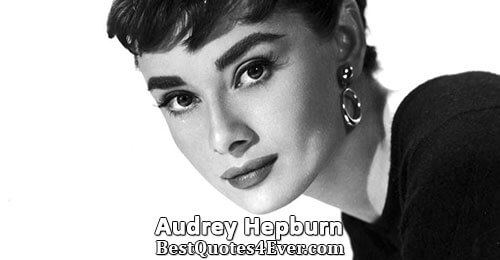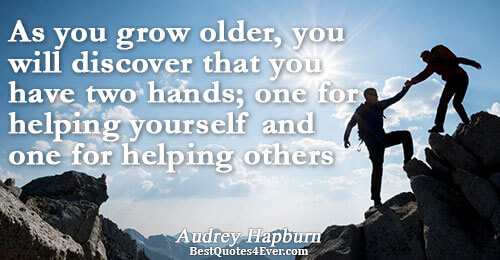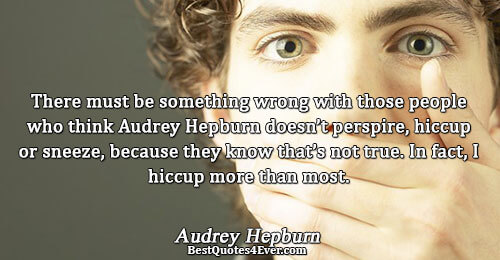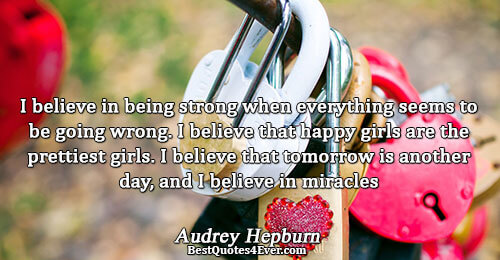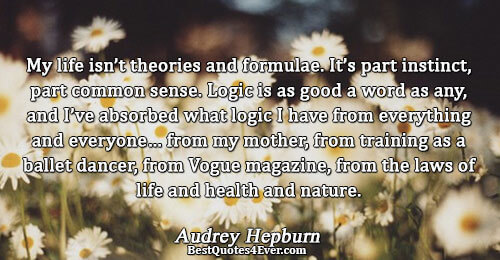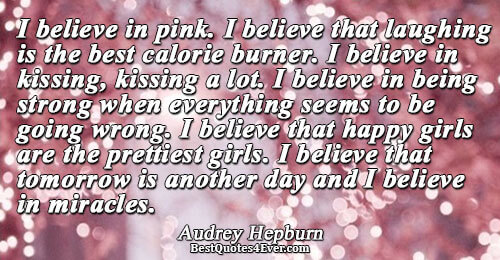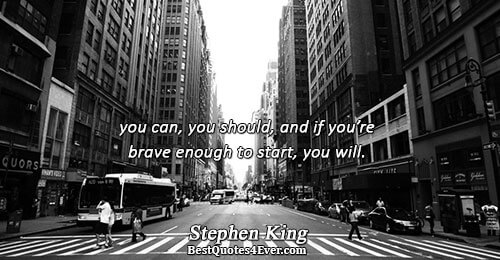Biography
Type: Actress, Fashion icon, and Philanthropist
Born: 4 May 1929
Died: 20 January 1993
Actress, fashion icon, and philanthropist Audrey Hepburn was born on May 4, 1929, in Brussels, Belgium. At age 22, she starred in the Broadway production of Gigi. Two years later, she starred in the film Roman Holiday (1953) with Gregory Peck. In 1961, she set new fashion standards as Holly Golightly in Breakfast at Tiffany's. Hepburn is one of the few actresses to win an Emmy, Tony, Grammy, and Academy Award. In her later years, acting took a back seat to her work on behalf of children.
A native of Brussels, Hepburn spent part of her youth in England at a boarding school there. During much of World War II, she studied at the Arnhem Conservatory in The Netherlands. After the Nazis invaded the country, Hepburn and her mother struggled to survive. She reportedly helped the resistance movement by delivering messages, according to an article in The New York Times.
After the war, Hepburn continued to pursue an interest in dance. She studied ballet in Amsterdam and later in London. In 1948, Hepburn made her stage debut as a chorus girl in the musical High Button Shoes in London. More small parts on the British stage followed. She was a chorus girl in Sauce Tartare (1949), but was moved to a featured player in Sauce Piquante (1950).
That same year, Hepburn made her feature film debut in 1951's One Wild Oat, in an uncredited role. She went on to parts in such films as Young Wives' Tales (1951) and The Lavender Hill Mob (1951), starring Alec Guiness. Her next project on the New York stage introduced her to American audiences. She took the world by storm in the film Roman Holiday (1953) with Gregory Peck. Audiences and critics alike were wowed by her portrayal of Princess Ann, the royal who escapes the constrictions of her title for a short time. She won the Academy Award for Best Actress for this performance.
The next year Hepburn returned to the Broadway stage to star in Ondine with Mel Ferrer. A fantasy, the play told the story of a water nymph who falls in love with a human played by Ferrer. With her lithe and lean frame, Hepburn made a convincing sprite in this sad story about love found and lost. She won the 1954 Tony Award for Best Actress in a Play for her performance. While the leading characters in the play grew apart, the actors found themselves becoming closer. The two also made a dynamic pair off stage and Hepburn and Ferrer got married on September 25, 1954, in Switzerland.
Hepburn made another award worthy performance in Sabrina (1954) as the title character, the daughter of a wealthy family's driver. Sabrina returned home after spending time in Paris as a beautiful and sophisticated woman. The family's two sons, Linus and David, played by Humphrey Bogart and William Holden, never paid her much mind until her transformation. Pursuing her onetime crush David, Sabrina unexpectedly found happiness with his older brother Linus. Hepburn earned her an Academy Award nomination for her work on this bittersweet romantic comedy.
Showcasing her dancing abilities, Hepburn starred opposite Fred Astaire in the musical Funny Face (1957). This film featured Hepburn undergoing another transformation. This time, she played a beatnik bookstore clerk who gets discovered by a fashion photographer played by Astaire. Lured by a free trip to Paris, the clerk becomes a beautiful model. Hepburn’s clothes for the film were designed by Hubert de Givenchy, one of her close friends.
Stepping away from lighthearted fare, Hepburn co-starred in the film adaptation of Leo Tolstoy's War and Peace with her husband, Mel Ferrer, and Henry Fonda in 1956. Three years later, she played Sister Luke in The Nun's Story (1959), which earned her an Academy Award nomination. The film focused on her character's struggle to succeed as a nun. A review in Variety said "Audrey Hepburn has her most demanding film role, and she gives her finest performance." Following that stellar performance, she went on to star in the John Huston-directed western The Unforgiven (1960) with Burt Lancaster. That same year, her first child, a son named Sean, was born.
Three months after the 1960 birth of her son, Sean, Hepburn began work on Blake Edwards's Breakfast at Tiffany's (1961), a film loosely based on the Truman Capote novella. The film was drastically changed from the book. Capote disapproved of many changes and proclaimed that Hepburn was "grossly miscast" as Holly Golightly, a quirky New York call girl, a role he had envisioned for Marilyn Monroe. Hepburn's portrayal of Golightly was adapted from the original: "I can't play a hooker", she admitted to Marty Jurow, co-producer of the film.
Despite the sanitization of her character, her portrayal was nominated for the 1961 Academy Award for Best Actress and became an iconic character in American cinema. Often considered her defining role, Hepburn's high fashion style and sophistication as Holly Golightly within the film became synonymous with her. She named the role "the jazziest of my career" yet admitted: "I'm an introvert. Playing the extroverted girl was the hardest thing I ever did." The dress that is worn by Hepburn during the opening credits is considered an icon of the twentieth century and perhaps the most famous "little black dress" of all time.
From 1967 onward, after fifteen highly successful years in film, Hepburn decided to devote more time to her family and acted only occasionally. In her later years, acting took a back seat to her work on behalf of children. She became a goodwill ambassador for UNICEF in the late 1980s. Traveling the world, Hepburn tried to raise awareness about children in need. She understood too well what it was like to go hungry from her days in The Netherlands during the German Occupation. Making more than 50 trips, Hepburn visited UNICEF projects in Asia, Africa, and Central and South America. She won a special Academy Award for her humanitarian work in 1993, but she did not live long enough to receive it. Hepburn died on January 20, 1993, at her home in Tolochenaz, Switzerland after a battle with colon cancer.

